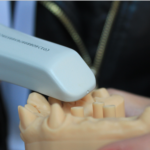
Thibault Colloc looks at a recent review of the accuracy of CAD-CAM systems for the fabrication of removable partial dentures. The availabel evidence is limited as only 7 studies were included only 2 of which were clinical.
[read the full story...]
Thibault Colloc looks at a recent review of the accuracy of CAD-CAM systems for the fabrication of removable partial dentures. The availabel evidence is limited as only 7 studies were included only 2 of which were clinical.
[read the full story...]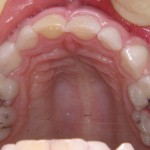
This review of the efficacy of 3 caries removal strategies (complete, selective and stepwise) in primary teeth included 8 RCTs suggesting a lower risk of pulp exposure with selective and stepwise approaches.
[read the full story...]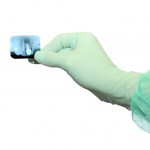
The Cochrane review of of materials for retrograde root filling identified 6 RCTs all at high risk of bias. The trials provide insufficient evidence to draw any conclusion as to the benefits of any one material over another so more high quality studies are needed.
[read the full story...]
Apical periodontitis (AP) is a common dental problem and can be treated by root canal treatment (RoCT) or extraction. The aim of this survey for to explore patients’ preferences for management of a tooth affected by AP, when considering its retention via RoCT, its extraction without replacement, or its replacement with an implant supported crown [read the full story…]

Amelogenesis imperfecta (AI) is a genetic disorder that presents as an abnormal formation of enamel. AI can have a range of inheritance patterns and the exact incidence is uncertain with estimates ranging from 1:700 to 1:12-14,000. Clinically, AI can be classified into four categories: hypoplastic (type I), hypomaturation (type II), hypocalcified (type III), and hypomature [read the full story…]
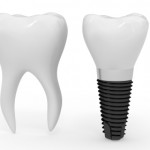
Endosseous root form dental implants have been available since the 1960s while dental Small-Diameter Implants were first introduced commercially in the dental field in 1990. The aim of this study was to determine, the survival of narrow diameter implants, whether survival is dependent on whether these implants are placed using a flap or flapless approach, [read the full story…]

Root canal filling is a regular dental procedure. However root filled teeth can be weaker than healthy ones so restoration of these teeth can prove challenging. The aim of this Cochrane review was to assess whether restoring endodontically treated teeth (with or without post and core) using crowns or conventional filling materials was more effective. [read the full story…]

Just one new dental protocol registered with the Cochrane Oral Health Group this month . Ban Z, Jia Y, Li C, Zhu Z, Ban Y, Shi Z. Gingival retraction for fixed prosthodontic treatment (Protocol). Cochrane Database of Systematic Reviews 2012, Issue 4. Art. No.: CD009797. DOI: 10.1002/14651858.CD009797. Crowns, bridges and other fixed dental prosthesis are [read the full story…]

Rubber dam is recommended for isolating the working field during adhesive dentistry procedures. However, dentists often omit rubber dam, particularly in paediatric dentistry, supposing that it would stress the patient. The aim of this study was to evaluate subjective and objective stress parameters in children and adolescents during dental treatment when using rubber dam compared [read the full story…]
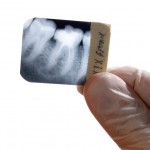
This review was undertaken to evaluate the diagnostic accuracy of available radiographic methods in use for imaging the periapical bone tissue area. The review forms part of wider systematic review covering methods of diagnosis and treatment in endodontics published by the Swedish Council on Health Technology Assessment (SBU). An English version of this is available [read the full story…]